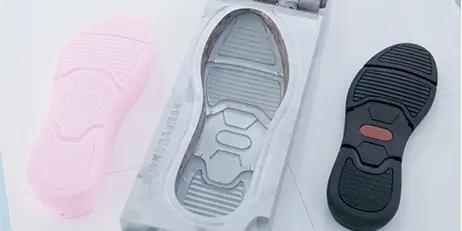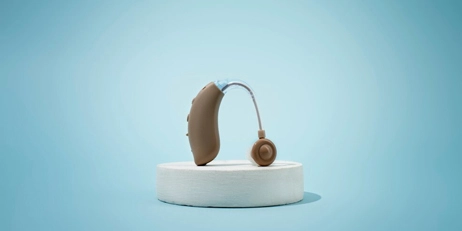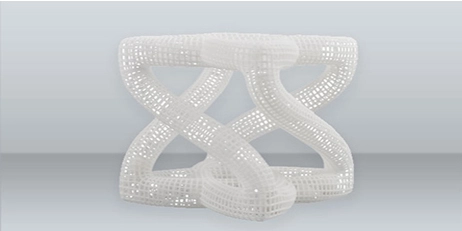At present, the main manufacturing method of the shoe mold industry is still dominated by traditional processing methods. The manufacturing process is: traditional drawings → casting model making → casting → mold making → scratching → sandblasting → electroplating. In the entire manufacturing industry chain, a large number of skilled operators are required. However, as the market advocates sustainable development strategies, the traditional shoe mold manufacturing methods urgently need to be changed.

In China, SLA light-curing technology is widely used to replace the traditional wooden mold process, but it still needs casting to complete. Metal 3D printing adopts direct forming technology, which eliminates the complicated process in the middle, shortens the production cycle, and the pattern is clearer and more environmentally friendly. Therefore, compared with traditional processing methods, metal 3D printing has more obvious efficiency advantages, clearer printing lines, and lower labor costs.

The application of metal 3D printing in shoe mold manufacturing should not be limited to the pursuit of fast printing speed. Most of the shoe molds have curved surfaces and have high requirements for patterns, so it is recommended to print with a small layer thickness. At the same time, shoe molds have special designs such as large curved surfaces, which are prone to problems such as dross and collapse when printing curved surfaces and suspended designs. When printing text, small text cannot be printed due to the limitation of the spot size. While trying to solve the above problems, new problems will occur. The application of metal 3D printing in the shoe mold industry still needs to be promoted and improved.

























